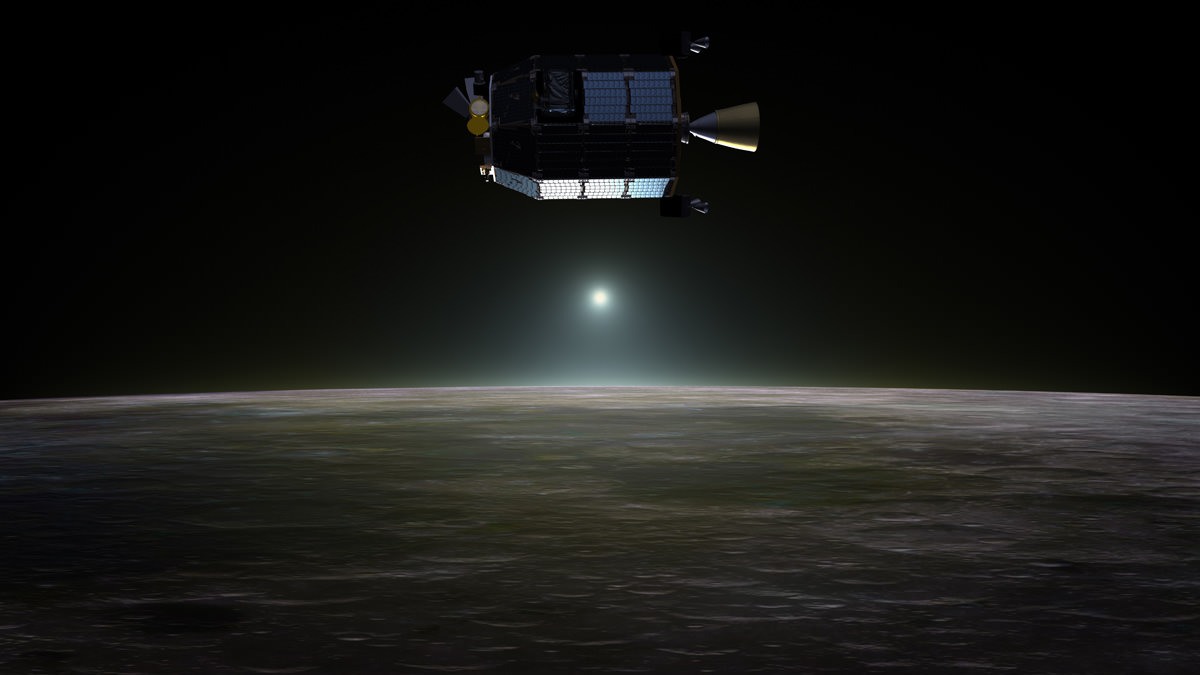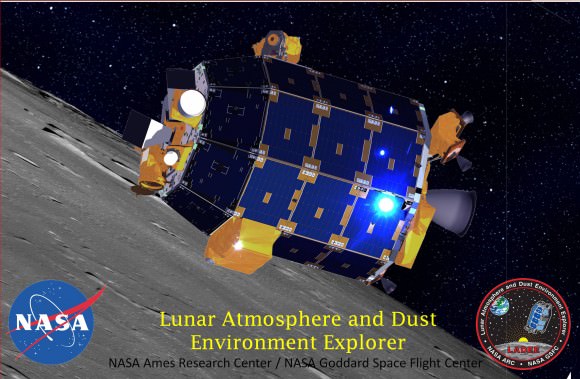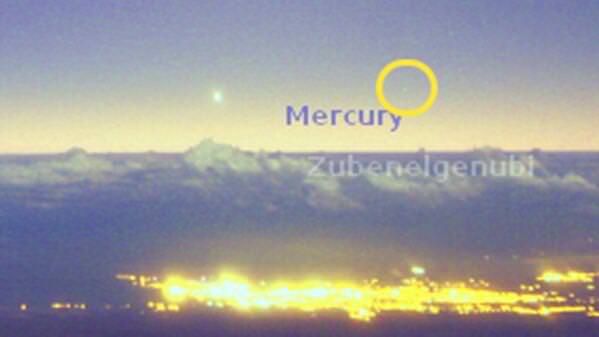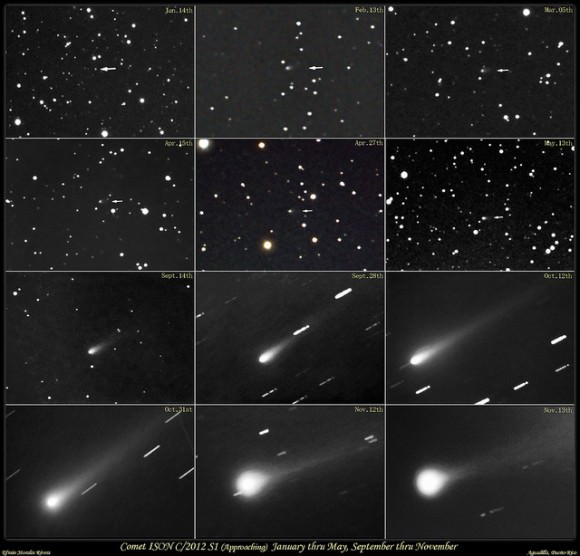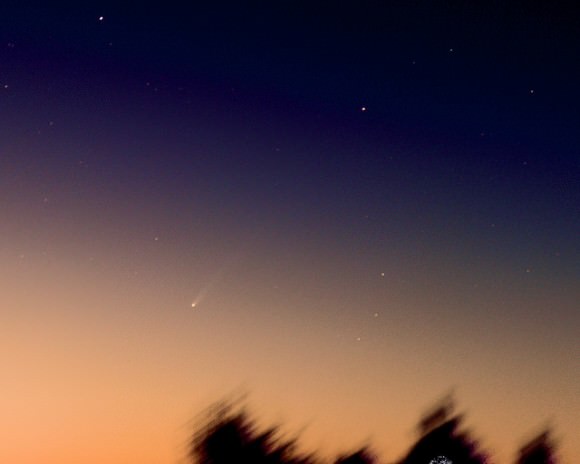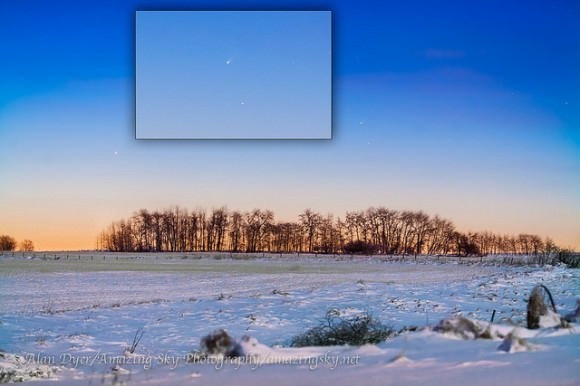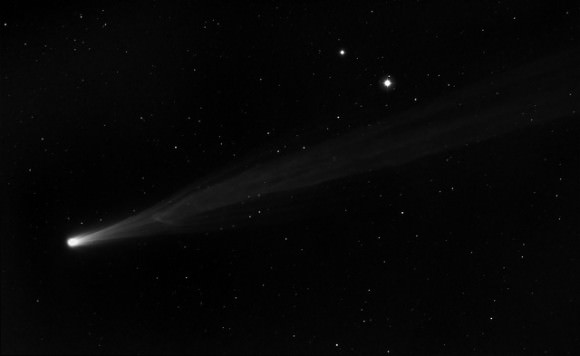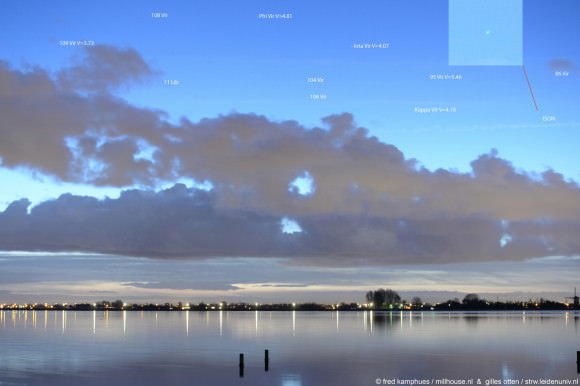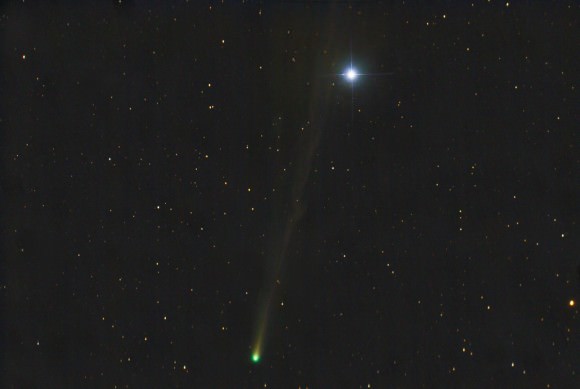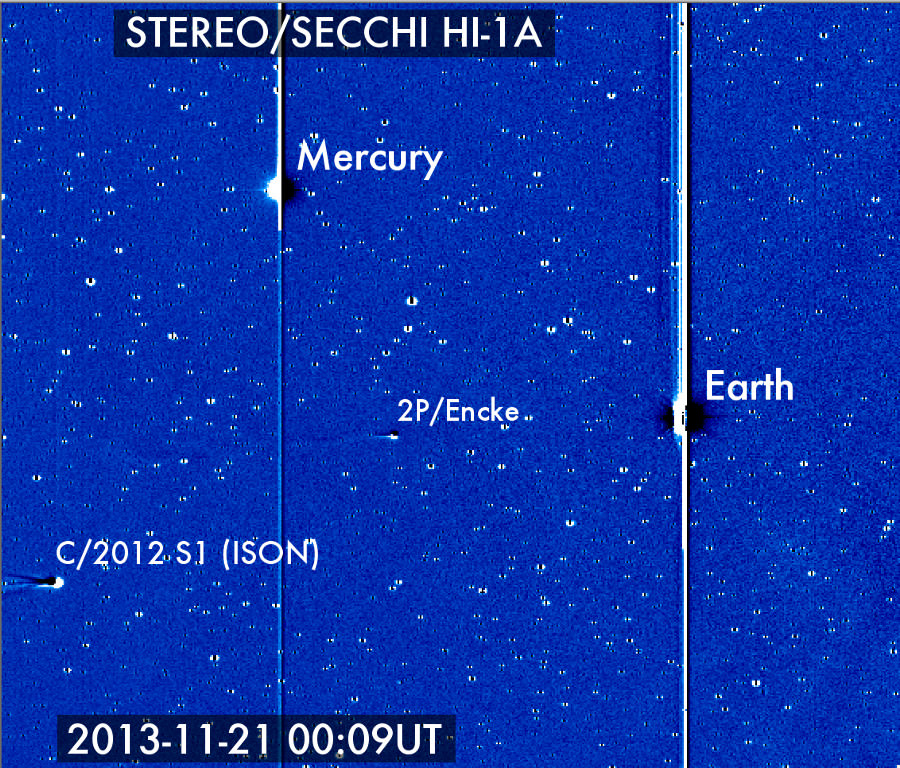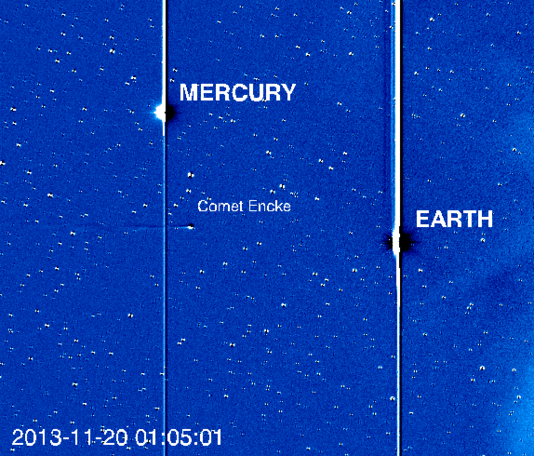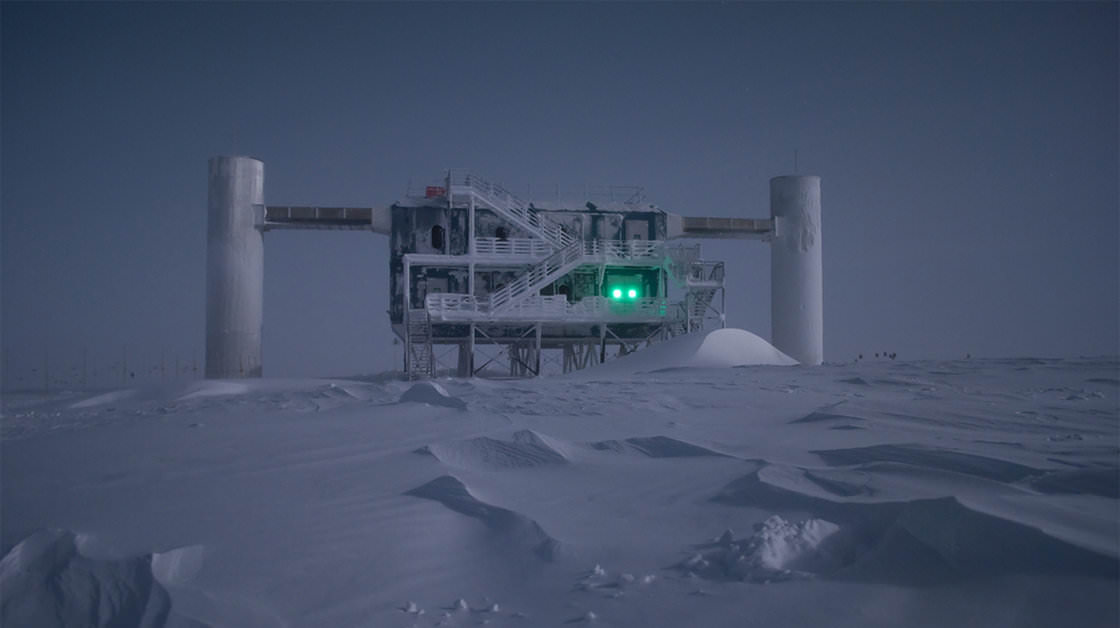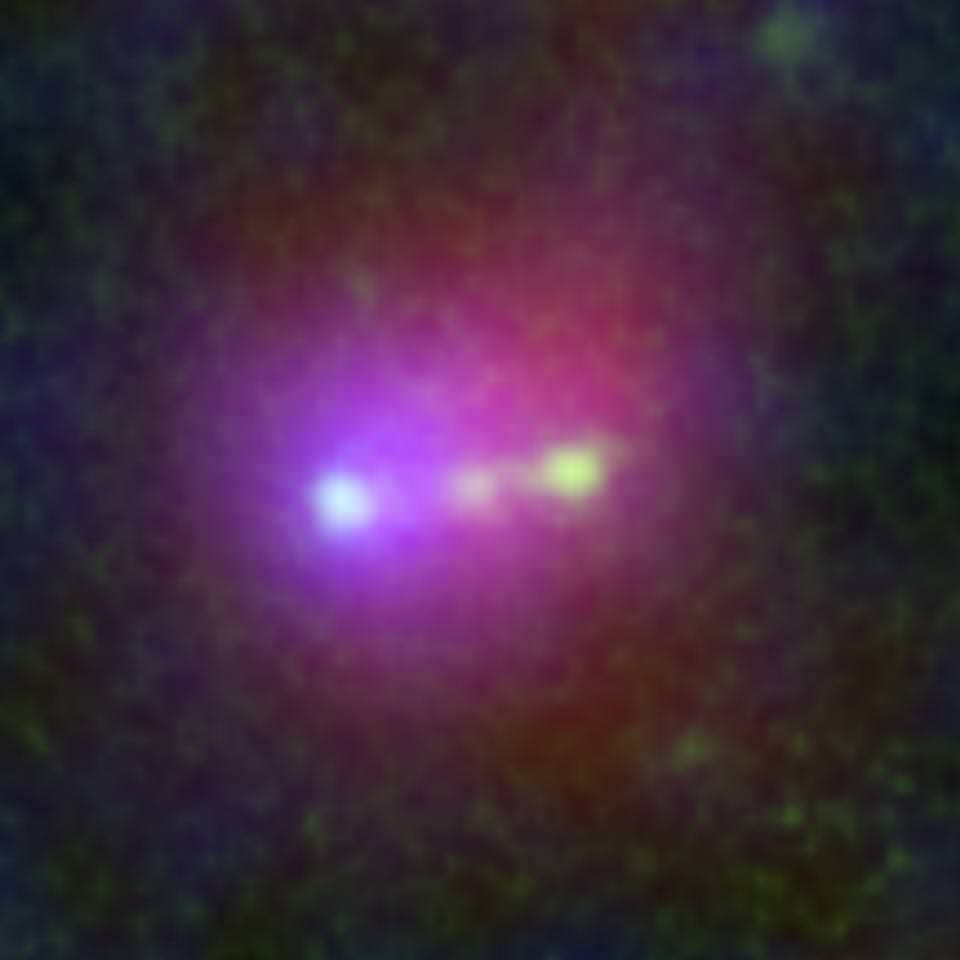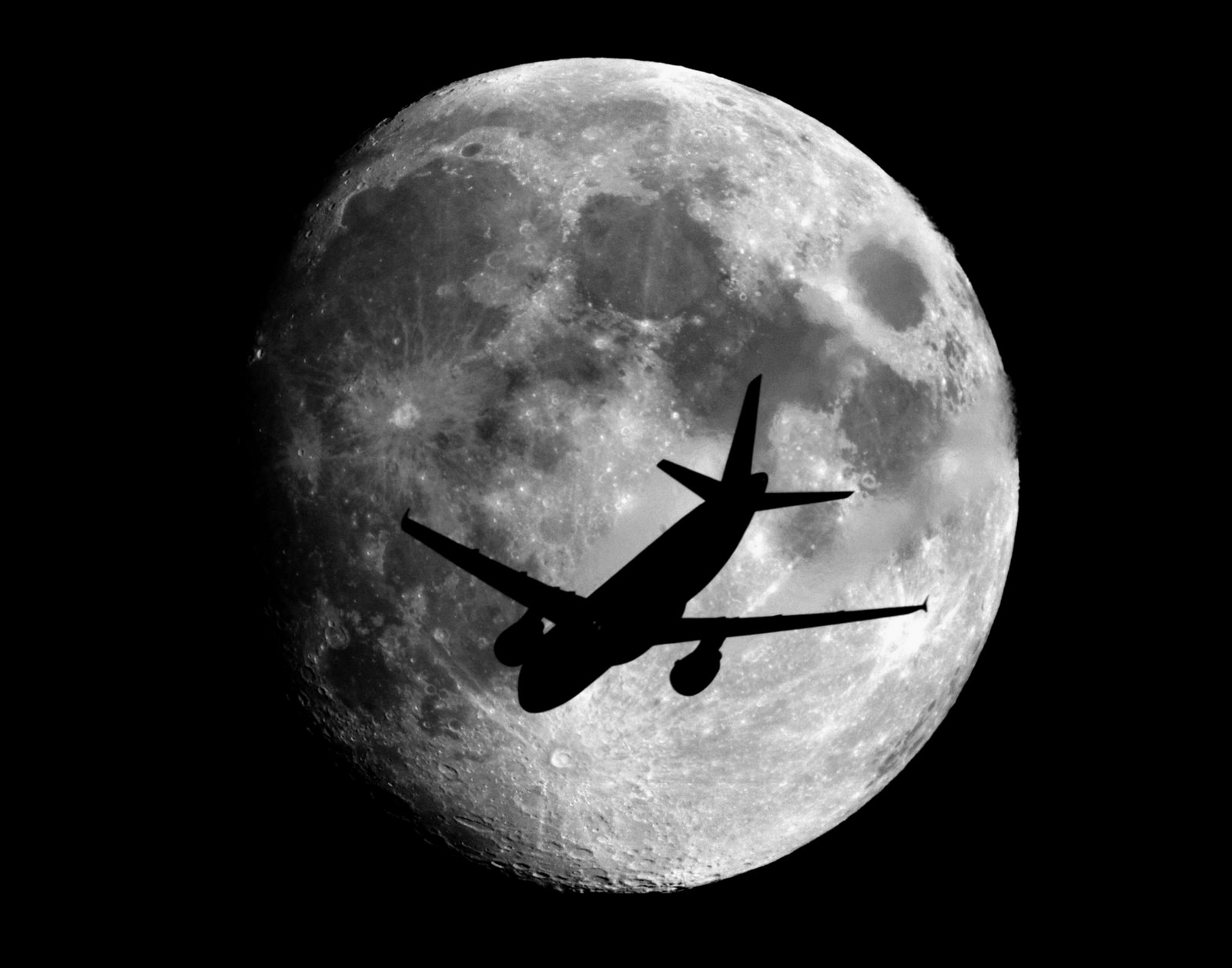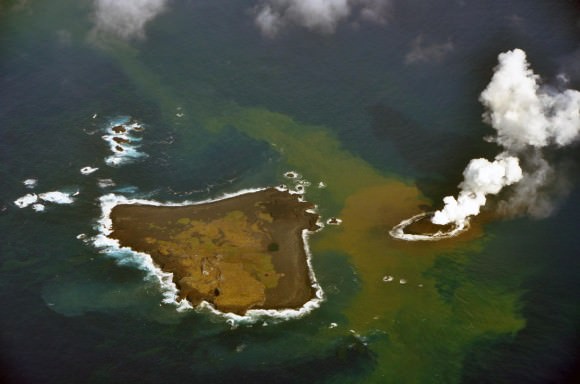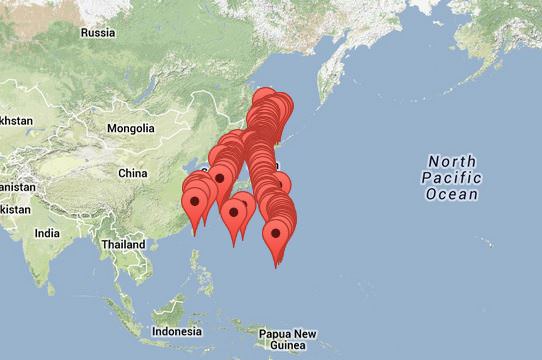KENNEDY SPACE CENTER, FL – NASA’s Lunar Atmosphere and Dust Environment Explorer (LADEE) has descended to its planned low altitude orbit and begun capturing science data on its ground breaking mission to study the Moon’s ultra tenuous atmosphere and dust using a spacecraft based on a revolutionary new design aimed at speeding development and cutting costs.
LADEE set sail for Earth’s nearest neighbor during a spectacular night time launch atop the maiden flight of an Air Force Minotaur V rocket on Sept. 6 from NASA’s Wallops Island launch facility on Virginia’s Eastern shore.
The flawless launch thrilled spectators up and down virtually the entire US East coast region and yielded many memorable snapshots.
Following a month long voyage and three and a half long looping orbits of the Earth, LADEE successfully fired its main engine for 4 minutes and 12 seconds on Oct. 6 and successfully entered lunar orbit, Dawn McIntosh, LADEE deputy project manager at NASA Ames Research Center, told Universe Today in an exclusive interview.
A series of engine firings over the past month gradually circularized and lowered LADEE into its final science orbit around our Moon while engineers checked out the spacecraft during the commissioning phase of the mission.
The do or die initial Lunar Orbit Insertion burn (LOI-1) allowed LADEE to be captured into a highly elliptical, equatorial lunar orbit, said McIntosh.
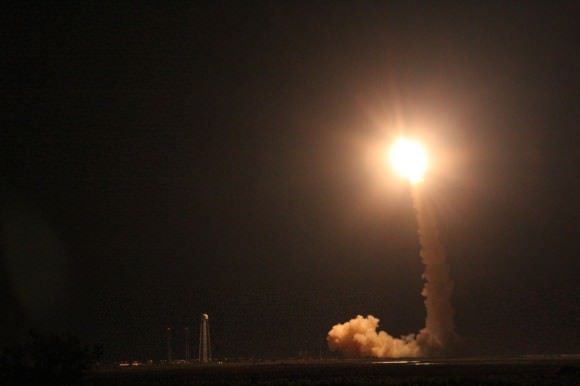
“Two additional LOI burns on Oct. 6 and Oct 9 lowered LADEE to an approximately 4 hour orbit with a periapsis altitude of 234 Kilometers (km) and apoapsis altitude of 250 km” McIntosh told me.
The trio of LOI main engine firings used up most of LADEE’s precious on board fuel.
“LADEE launched with 134.5 kilograms (kg) of fuel. Post LOI-3, 80% of our fuel has been consumed,” said McIntosh.
“Additional orbit-lowering maneuvers with the orbital control system (OCS) and reaction control system (RCS) of approximately 40 seconds were used to get LADEE into the science orbit.
The spacecraft finally entered its planned two hour science orbit around the moon’s equator on Nov. 20.
Its flying at an extremely low altitude ranging from merely eight to 37 miles (12-60 kilometers) above the moon’s surface.
By circling in this very low altitude equatorial orbit, the washing machine sized probe will make frequent passes crossing from lunar day to lunar night enabling it to precisely measure changes and processes occurring within the moon’s tenuous atmosphere while simultaneously sniffing for uplifted lunar dust in the lunar sky.
The remaining fuel will be used to maintain LADEE’s orbit during the approximately 100 day long science mission. The mission length is dictated by the residual fuel available for thruster firings.
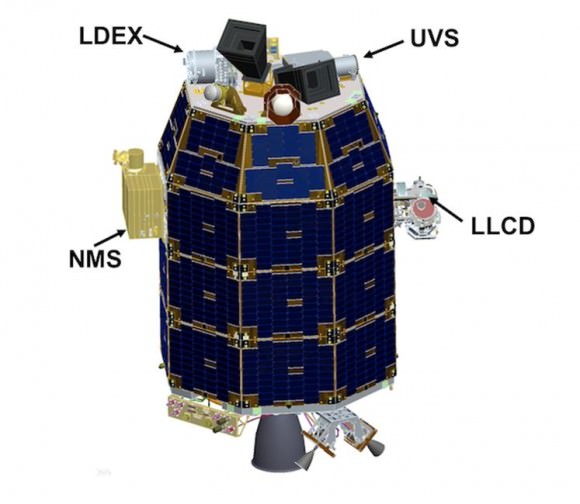
The purpose of LADEE is to collect data that will inform scientists in unprecedented detail about the ultra thin lunar atmosphere, environmental influences on lunar dust and conditions near the surface. In turn this will lead to a better understanding of other planetary bodies in our solar system and beyond.
“A thorough understanding of the characteristics of our lunar neighbor will help researchers understand other small bodies in the solar system, such as asteroids, Mercury, and the moons of outer planets,” said Sarah Noble, LADEE program scientist at NASA Headquarters in Washington.
By studying the raised dust, scientists also hope to solve a 40 year old mystery – Why did the Apollo astronauts and early unmanned landers see a glow of rays and streamers at the moon’s horizon stretching high into the lunar sky.
The $280 million probe is built on a revolutionary ‘modular common spacecraft bus’, or body, that could dramatically cut the cost of exploring space and also be utilized on space probes to explore a wide variety of inviting targets in the solar system.
“LADEE is the first in a new class of interplanetary exploration missions,” NASA Ames Director Worden told Universe Today. “It will study the pristine moon to study significant questions.”
“This is probably our last best chance to study the pristine Moon before there is a lot of human activity there changing things.”
The 844 pound (383 kg) robot explorer was assembled at NASA’s Ames Research Center, Moffett Field, Calif., and is a cooperative project with NASA Goddard Spaceflight Center in Maryland.
LADEE arrived at the Moon last month in the midst of the US government shutdown – which negatively impacted a host of other NASA missions. Only a ‘skeleton crew’ was available.
“All burns went super well,” Worden told me. And he is extremely proud of the entire team of “dedicated” professional men and women who made it possible during the shutdown.
“It says a lot about our people’s dedication and capability when a skeleton crew’ can get a new spacecraft into lunar orbit and fully commissioned in the face of a shutdown!” Worden said to Universe Today.
Now the real science begins for LADEE and the team.
Stay tuned here for continuing LADEE news
…………….
Learn more about LADEE, MAVEN, MOM, Mars rovers, Orion and more at Ken’s upcoming presentations
Nov 22-25: “SpaceX launch, MAVEN Mars Launch and Curiosity Explores Mars, Orion and NASA’s Future”, Kennedy Space Center Quality Inn, Titusville, FL, 8 PM
Dec 11: “Curiosity, MAVEN and the Search for Life on Mars”, “LADEE & Antares ISS Launches from Virginia”, Rittenhouse Astronomical Society, Franklin Institute, Phila, PA, 8 PM

